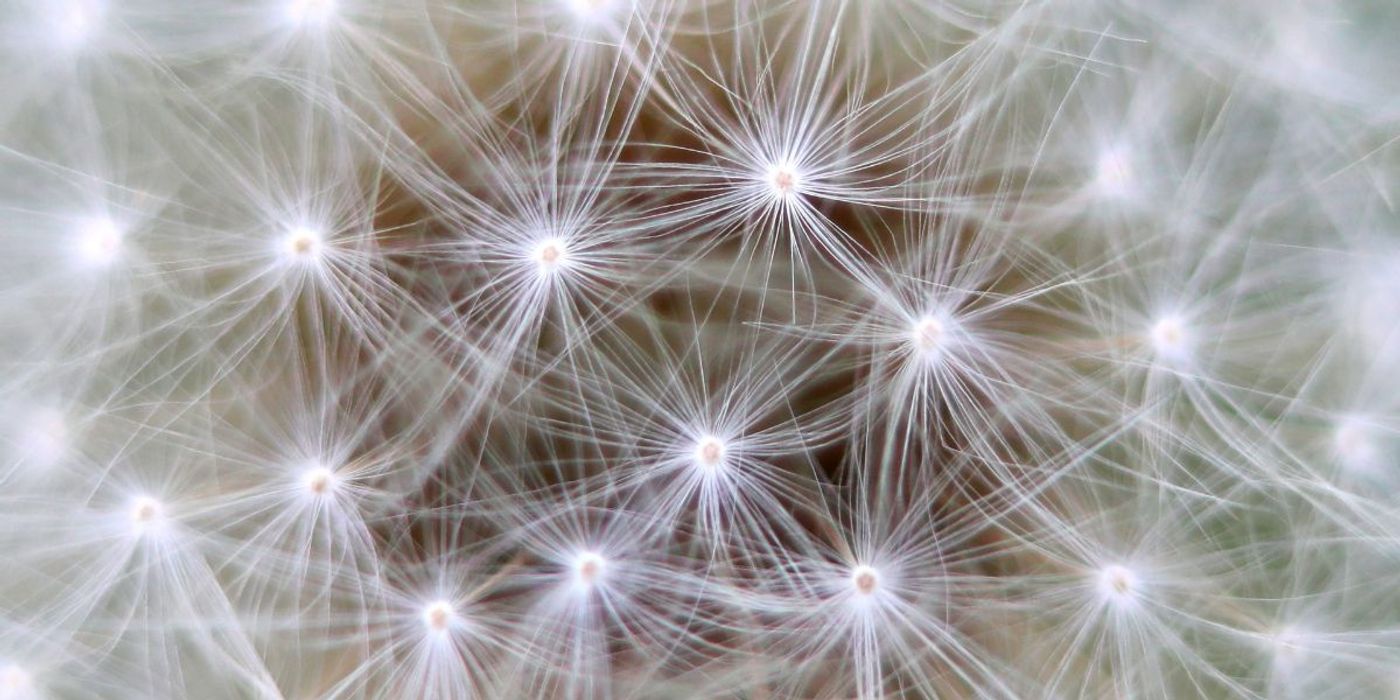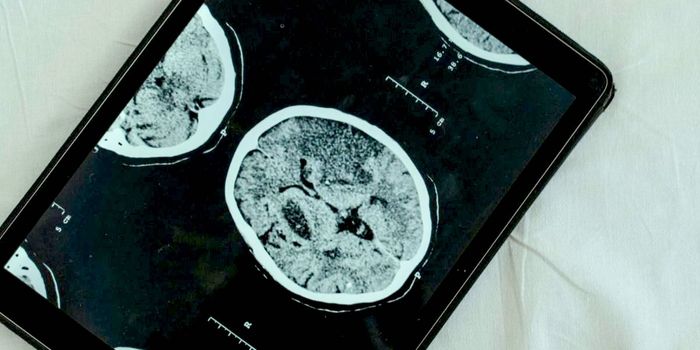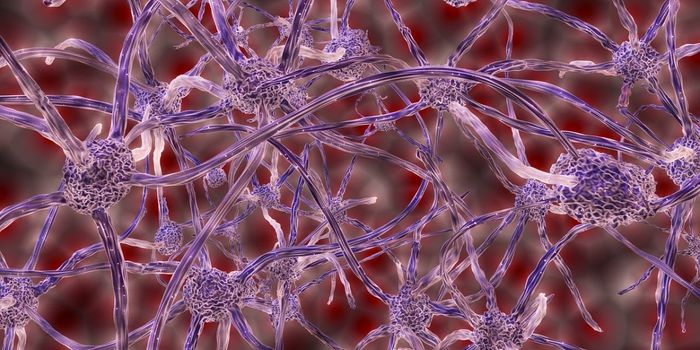Artificial and Natural Neurons Communicate Using Dopamine
Researchers from Stanford University have shown that artificial neurons can communicate with biological neurons with dopamine- a neurotransmitter known for signaling reward.
A different group of researchers previously managed to link two silicon-based artificial neurons with a biological one using electricity. Although demonstrative of hybrid computing, the study only shed light on electrical signaling, as opposed to chemical signaling.
The new study fills in this gap. For it, the researchers started with two neurons- one a biological cell that produces dopamine; the other an artificial cell made of both biocompatible and electrical-conducting materials. They found that when activated, the biological dopamine-producing neuron was able to interact with the artificial one, changing how it behaves.
After confirming communications between the biological and artificial neurons in this way, the researchers performed some tests to see if the hybrid circuit could ‘learn.’
On the first attempt, they found that the burst of dopamine from the biological cell was able to alter the artificial neuron’s conductance for some time. Per the adage: ‘Neurons that fire together, wire together,’ the team also found that activating the biological neuron with chemicals, in turn, changed the artificial neuron’s conductance in a way that mimicked learning.
Then examining the hybrid synapse with an electron microscope, the researchers found that the cells were able to recycle dopamine within similar timescales to the human brain. They also saw that the neurons seemed to mimic a learning rule known as ‘spike learning’- a machine learning method inspired by how the brain works.
Although a significant step toward artificial-biological hybrid circuits, the researchers warn that artificial neurons are still unable to completely relay information from a single hit of dopamine, and thus do not yet accurately mimic biological neurons. Further research is also needed to know whether these hybrid synapses can work within a living brain.
Sources: Singularity Hub, Nature









